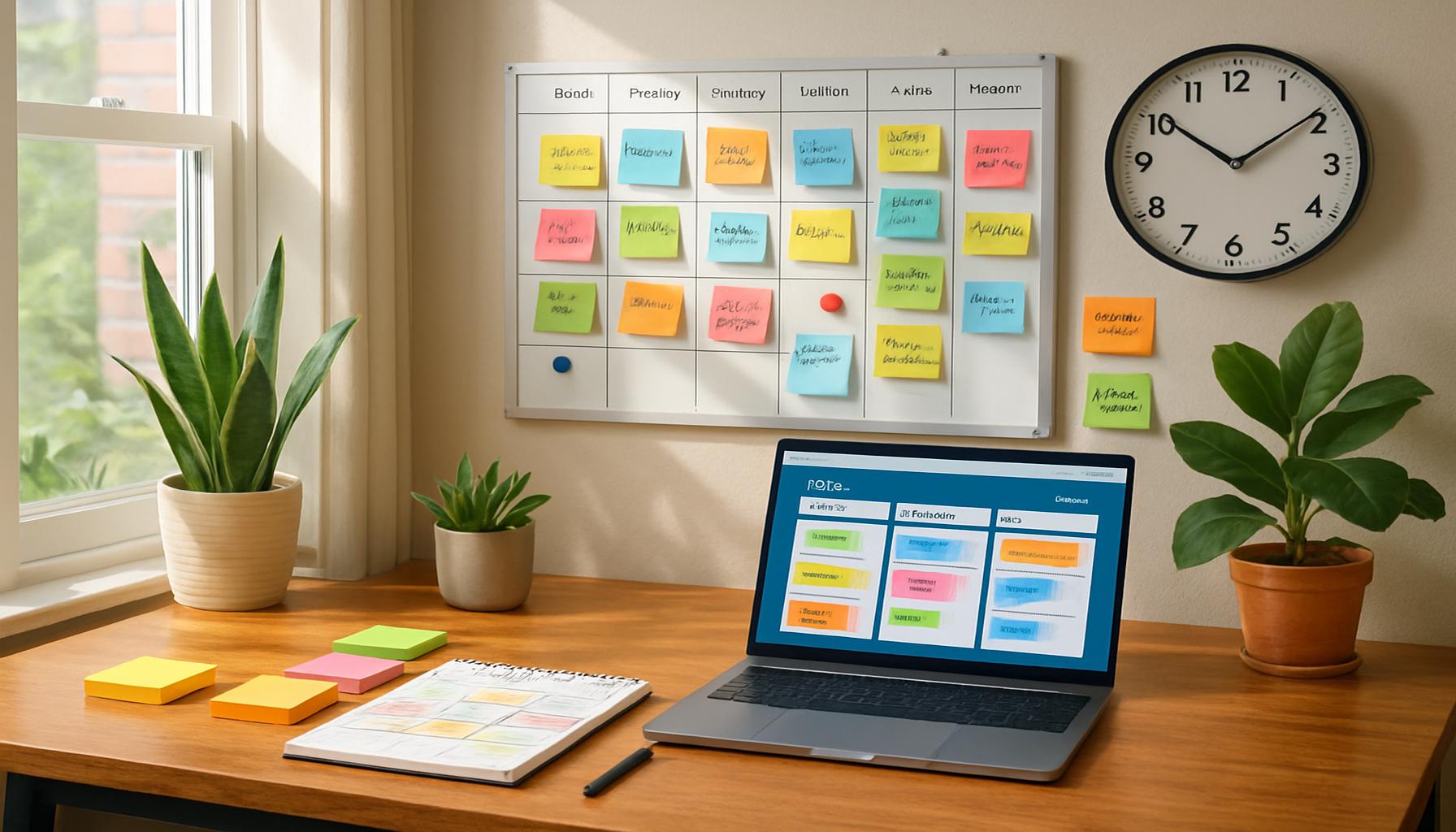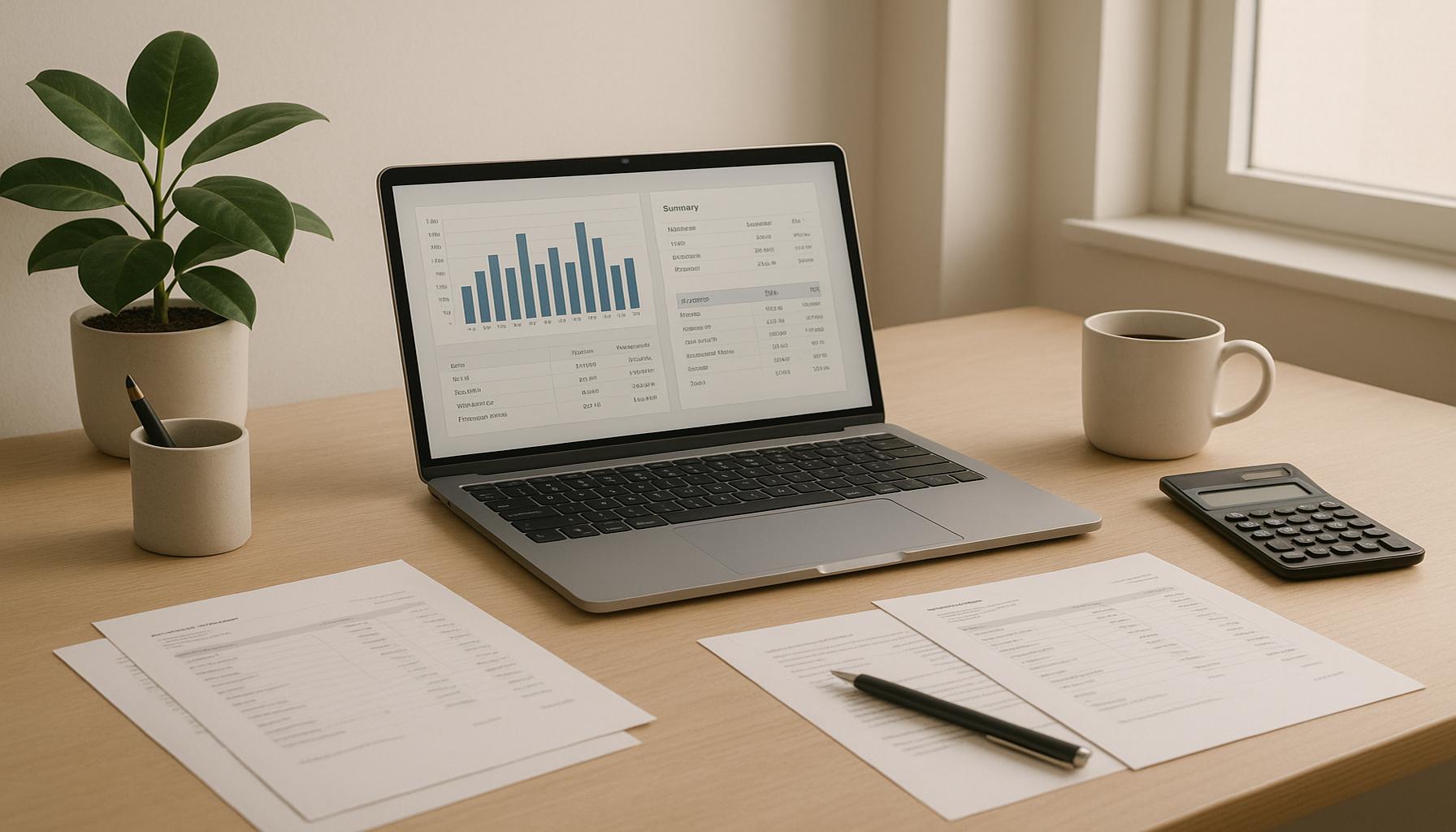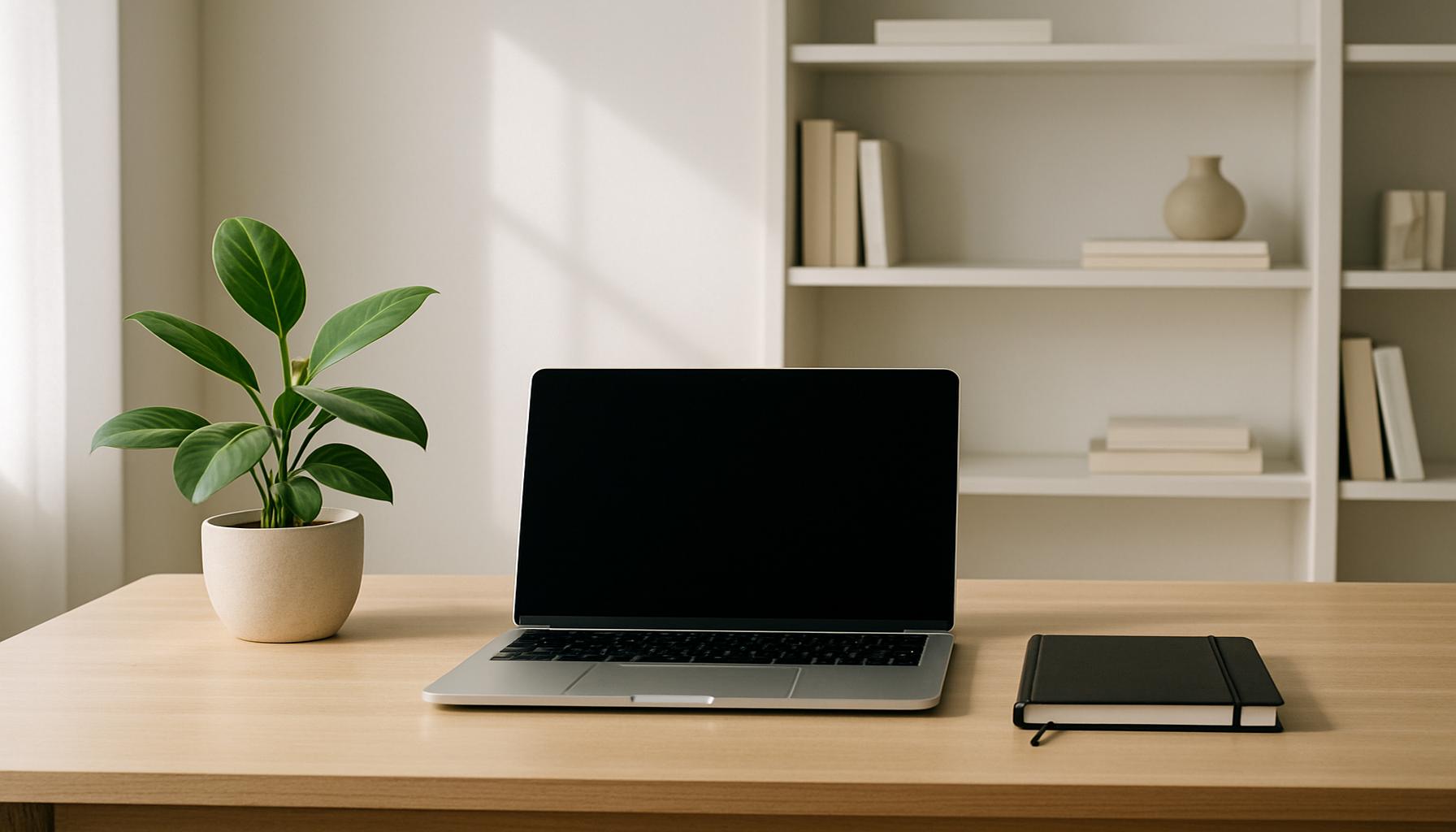The Power of Uncomplicated Space: How a Minimalist Environment Increases Concentration and Productivity
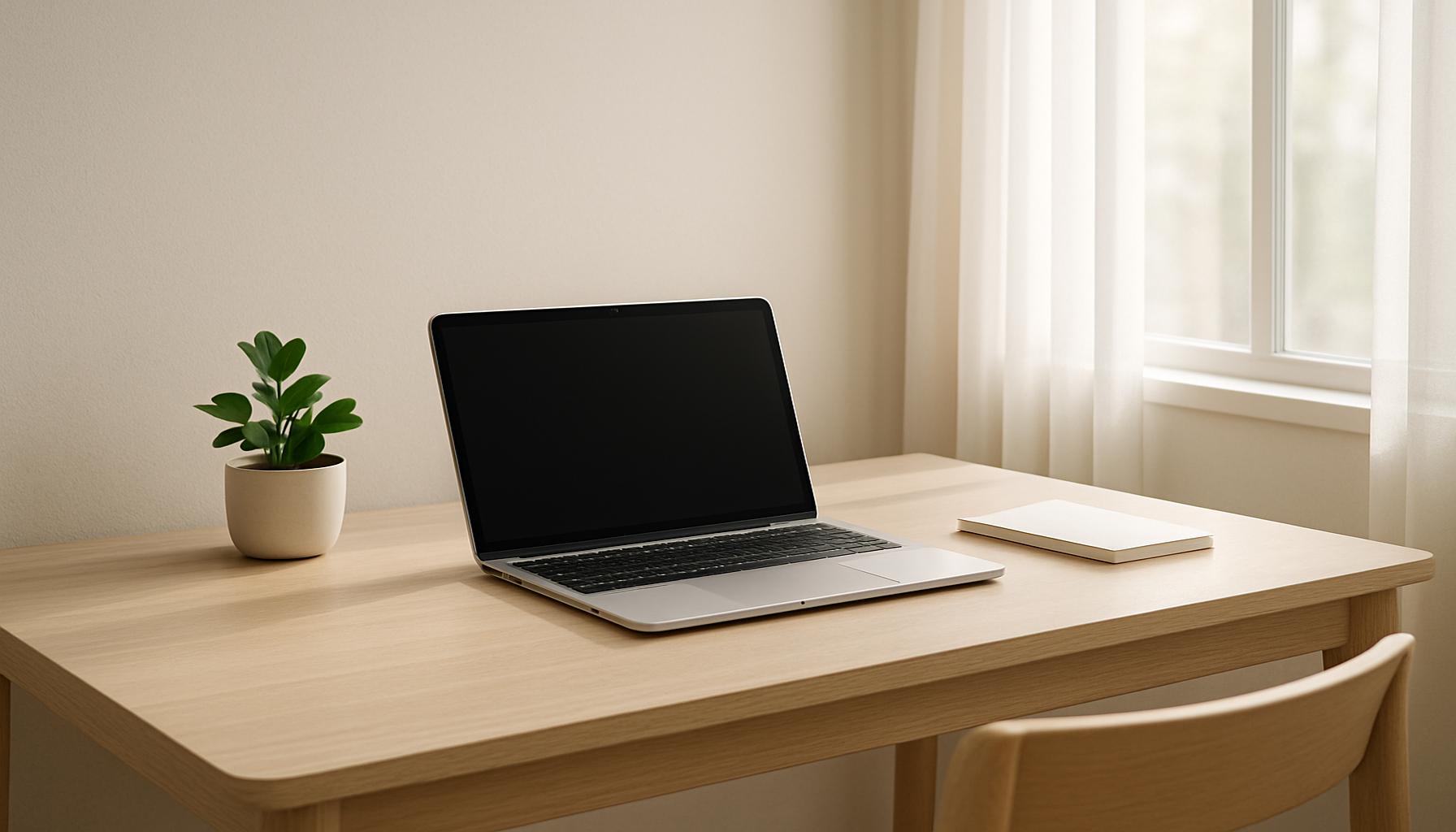
Understanding the Transformative Power of Minimalist Spaces
In this age where technology and endless information can easily overwhelm us, creating an uncluttered environment has emerged as a breath of fresh air for many. The minimalist lifestyle, characterized by simplicity and intentionality, offers more than just an aesthetic appeal; it provides a path to heightened clarity and focus. As our urban landscapes grow more chaotic, embracing minimalism can help restore balance in our lives.
Scientific studies continue to affirm that cluttered spaces can lead to cognitive overload. This overload can impair our ability to focus, making even simple tasks feel burdensome. According to research published in the *Journal of Psychological Science*, environments with excessive clutter can distract the brain and inhibit organizational skills. In contrast, a neatly organized workspace has been shown to enhance mental clarity and promote more effective thinking patterns. For example, many successful organizations have adopted open office spaces clutter-free with essential tools readily available, thus enhancing overall concentration levels.
Moreover, minimalism opens the door to increased creativity. When distractions are minimized, the mind is free to wander and explore new ideas. Prominent innovators and thought leaders, such as Steve Jobs and Marie Kondo, have long advocated for simplicity in design and living. Their philosophies emphasize that a clean, simple environment fosters an atmosphere where creativity can flourish, allowing individuals to brainstorm and implement unique solutions more effectively.
Practical Impacts on the Workplace
As minimalism gains traction, it’s vital to recognize how such changes can influence workplace dynamics significantly. Removing unnecessary items from our workspaces not only helps streamline our daily tasks but also contributes to improved morale among team members. Consider the psychological benefits of a serene atmosphere: research indicates that calming environments can mitigate stress and boost overall employee satisfaction. This, in turn, can reduce absenteeism and turnover rates in organizations.
Equally important is the idea of fostering a sense of purpose through intentional design. By establishing an environment that prioritizes essential tools and resources, employees are more likely to engage meaningfully with their tasks. This aligns with studies revealing that workers who experience a sense of ownership and purpose in their workspace tend to be more productive and satisfied with their contributions.
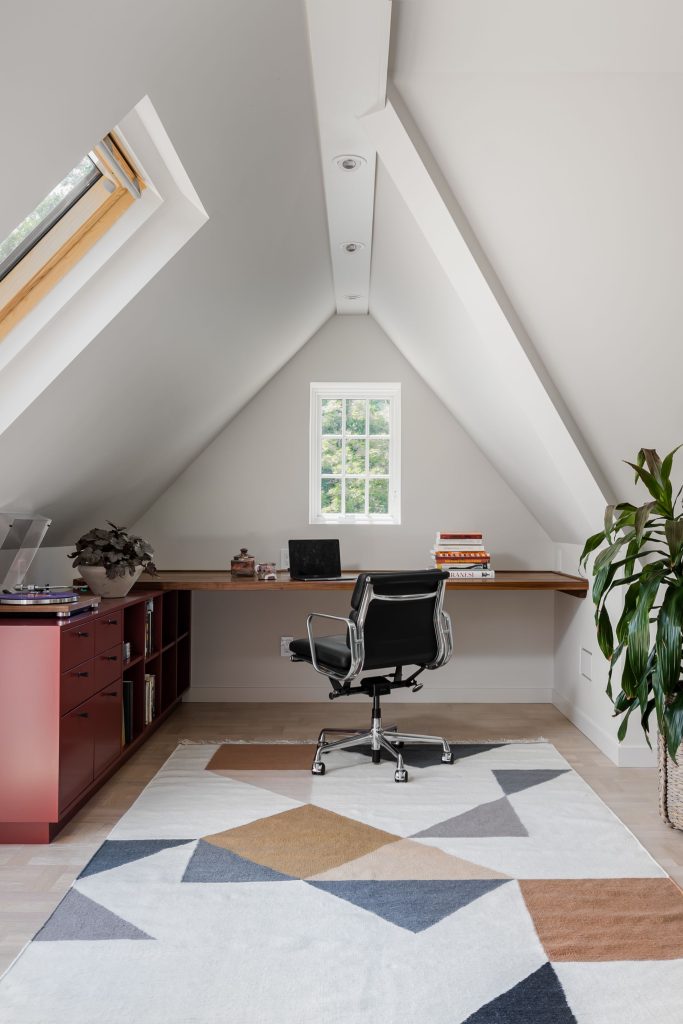
In conclusion, exploring the principles of minimalism can uncover a powerful connection between our environments and our psychological states. By adopting less cluttered spaces, individuals and organizations alike can unlock hidden potential, enhancing how we think, work, and live. As we continue to navigate an increasingly complex world, the mantra of “less is more” might very well hold the key to unlocking long-term efficiency and satisfaction.
DIVE DEEPER: Click here to unlock productivity tips
The Psychological Influence of Clutter-Free Environments
Understanding the impact of our surroundings on mental well-being is essential, especially in the fast-paced world we inhabit today. A minimalist environment is not merely a trend; it is a reformative strategy that can significantly enhance mental acuity and foster productivity. The principles of minimalism advocate for simplicity and intentionality, reshaping how we interact with our spaces and, ultimately, with ourselves.
Research continuously emphasizes the detrimental effects of clutter on the psyche. Studies show that a disorganized environment can lead to heightened stress levels and reduced focus. For instance, a study from UCLA found that individuals who work in cluttered spaces experience higher levels of anxiety and lower levels of overall satisfaction. This pattern is troubling, particularly in workplaces where mental clarity is paramount. When our brains are burdened by visual chaos, they expend energy navigating distractions rather than concentrating on tasks at hand.
There are several factors to consider regarding how an uncomplicated space can elevate focus and efficiency:
- Reduced Distractions: A minimalist workspace minimizes visual noise that can draw attention away from important tasks. By eliminating unnecessary items and visual clutter, individuals can train their minds to focus solely on the work, enhancing productivity.
- Improved Organization: Individuals who embrace minimalism often adopt systematic approaches to organization. By keeping only essential items within reach, they can effortlessly navigate their environment, resulting in a smoother workflow.
- Enhanced Decision-Making: Fewer choices lead to quicker decisions. In minimalist environments, the cognitive load is reduced, leading to more efficient problem-solving and enhanced creativity.
Moreover, minimalism fosters a sense of control over one’s space, which is crucial in promoting both motivation and engagement. As employees tailor their workspaces to reflect only what they value, they forge a deeper connection to their tasks, resulting in enhanced job satisfaction. The act of decluttering itself can be therapeutic—much like a mental reset button that clears the mind, enabling individuals to think clearly and creatively.
Incorporating minimalist principles into daily routines also helps in maintaining a focus on long-term goals. By prioritizing essential tasks and ideals over the superfluous, individuals can achieve a clearer vision of what truly matters. This fosters not only increased productivity but also a greater sense of purpose in everyday activities. Leading industry figures, from productivity gurus to organizational psychologists, have highlighted these benefits, further underscoring the importance of an uncluttered workspace in the realms of innovation and success.
As the dialogue about mental clarity and productivity continues to evolve, embracing the revolution of minimalist environments could very well become essential. Organizations and individuals who prioritize creating serene spaces may find themselves not only more productive but also happier and more fulfilled in their daily endeavors.
| Advantages | Impact on Productivity |
|---|---|
| Enhanced Focus | A minimalist environment reduces distractions, allowing for better concentration on tasks. |
| Stress Reduction | Simplified spaces promote calmness, which leads to improved cognitive performance and decision-making. |
| Increased Efficiency | With fewer items to manage, individuals can work more smoothly, achieving tasks in record time. |
| Creativity Boost | A clean environment encourages innovative thinking and the generation of fresh ideas. |
Exploring the inherent advantages of a minimalist workspace reveals its profound effects on enhancing focus and efficiency. By stripping away unnecessary distractions, individuals often find they can immerse themselves deeply into their work. The psychological benefit of a clutter-free environment leads to reduced stress levels, a vital factor in cognitive performance. Furthermore, with simplicity guiding organizational methods, increased efficiency becomes a natural outcome. Additionally, a minimalist setting can significantly bolster creativity. Less clutter allows for mental clarity, enabling individuals to think outside the box and innovate. Overall, the influence of uncomplicated spaces extends far beyond mere aesthetics; they serve as essential catalysts for heightened concentration and productivity.
DISCOVER MORE: Click here to enhance your productivity
Designing Workspaces for Maximum Impact
The correlation between a minimalist environment and heightened productivity is irrefutable, yet the practical application of these principles is what often puzzles individuals and organizations alike. Designing workspaces that genuinely promote focus and creativity involves more than simply removing unnecessary objects; it requires a thoughtful consideration of various elements within the environment. By integrating principles of minimalist design, one can create spaces that fundamentally reshape how we work and think.
<pOne of the core concepts in minimalist design is the deliberate use of natural light. Research from the American Society of Interior Designers indicates that exposure to natural light can elevate mood, enhance energy levels, and improve overall well-being in the workplace. Optimizing natural light not only brightens the space but also reduces reliance on artificial lighting, which can be harsh and contribute to mental fatigue. Employers who incorporate large windows and open spaces into their office layouts can foster a stimulating environment that encourages collaboration and innovation.
Another significant factor is the color palette utilized within a workspace. Minimalist principles advocate for muted, neutral tones that create a calming atmosphere, facilitating concentration and reducing distractions. According to color psychology, colors such as soft blues and greens can promote creativity, while warmer tones may invigorate a sense of motivation. By choosing the right colors, individuals can tailor their workspace to stimulate their cognitive processes effectively, enabling them to tackle tasks with renewed vigor.
Furthermore, ergonomic design must not be overlooked in the pursuit of a minimalist workspace. Investing in furniture that supports proper posture and movement contributes to physical comfort and, consequently, cognitive function. Studies conducted by the University of California have shown that employees who work in ergonomically designed environments report higher levels of satisfaction and engage in fewer health issues, creating a direct link between physical well-being and productivity. Adjustable desks, supportive chairs, and properly aligned computer screens are core components that can transform how employees interact with their surroundings.
Additionally, the role of technology in minimalist environments cannot be understated. Utilizing digital solutions for organizing tasks and communications can mitigate the physical clutter of papers and documents. Implementing project management tools such as Trello or Asana allows teams to manage their workflow efficiently within a streamlined digital interface. In essence, decluttering both the physical and digital landscapes of work equips individuals with a unified framework to elevate productivity.
Moreover, incorporating elements from nature, often referred to as biophilic design, significantly enhances the psychological benefits of minimalist spaces. The inclusion of plants and natural materials can lower stress levels, boost creativity, and increase overall job satisfaction. A study published in the Journal of Environmental Psychology found that introducing greenery into the workplace reduces absenteeism and improves cognitive function, further demonstrating that a balance between nature and minimalism affords extraordinary advantages.
In conclusion, when organizations, teams, and individuals embrace the principles of minimalism in their workspace design, they witness transformative effects on concentration and productivity. By understanding and implementing these core design elements, those navigating the demands of modern work environments can unlock their full potential and foster a culture of excellence and innovation.
DISCOVER MORE: Click here to learn how minimalism can boost your time management
Embracing Minimalism for Enhanced Creativity and Efficiency
In an age where distractions abound and the pace of life seems frenetic, the power of uncomplicated space emerges as a beacon of clarity and focus. The exploration of minimalist environments reveals that simplicity is not merely an aesthetic choice but a profound catalyst for enhancing concentration and boosting productivity. By meticulously designing workspaces to prioritize aspects like natural light, thoughtful color palettes, ergonomic furniture, and biophilic elements, organizations can cultivate an environment that nurtures mental well-being and inspires creativity.
Moreover, the integration of digital tools facilitates workflow management, reducing physical clutter and providing a streamlined approach to tasks. Data suggests that employees who engage in such thoughtfully curated spaces report higher satisfaction levels and perform better, not just in terms of output but also in their overall well-being.
In the context of modern workplaces, where the balance between innovation and mental health is crucial, the principles of minimalist design offer invaluable insights. As more businesses recognize the benefits of such environments, the question shifts from “Why minimalism?” to “How can we implement it effectively?”
The journey towards embracing minimalism is a transformative one, leading to more than just enhanced productivity; it promotes a culture of excellence, innovation, and personal growth. Therefore, let us champion the simplicity of space as an enduring investment in both our work and our lives, fostering not just efficiency, but a profound connection to the task at hand.
